For more than 45 years, WWF has been protecting the future of nature. The world’s leading conservation organization, WWF works in 100 countries and is supported by 1.2 million members in the United States and close to 5 million globally. WWF’s unique way of working combines global reach with a foundation in science, involves action at every level from local to global, and ensures the delivery of innovative solutions that meet the needs of both people and nature.
History
In 1961, a limited number of organizations around the world – such as the International Union for the Conservation of Nature and Natural Resources (IUCN) and The Conservation Foundation – were trying to meet conservation needs, but were desperately short of funds.
A small but influential group of Europeans—scientists, naturalists, business and political leaders—rose to the occasion: on September 11, 1961 World Wildlife Fund was formed and soon set up shop at IUCN’s headquarters in Morges, Switzerland. H.R.H. Prince Bernhard of the Netherlands became the organization’s first president.
Several leaders arranged the key organizational meeting for the new venture. Those involved include noted biologist and African wildlife enthusiast Sir Julian Huxley, IUCN vice president Sir Peter Scott and director-general of the British Nature Conservancy E. M. Nicholson. The decision was made to establish World Wildlife Fund as an international fundraising organization that will work in collaboration with existing conservation groups to bring substantial financial support to the conservation movement on a worldwide scale. The new organization will raise funds through national appeals and, using the best scientific advice available from IUCN and other sources, channel the money to appropriate organizations. The first call for broad support was the Morges Manifesto, signed in 1961 by 16 of the world’s leading conservationists. The Morges Manifesto stated that while the expertise to protect the world environment existed, the financial support to achieve this protection did not, and that these conditions supported the development of a nongovernmental organization that would work to protect the world’s environment.
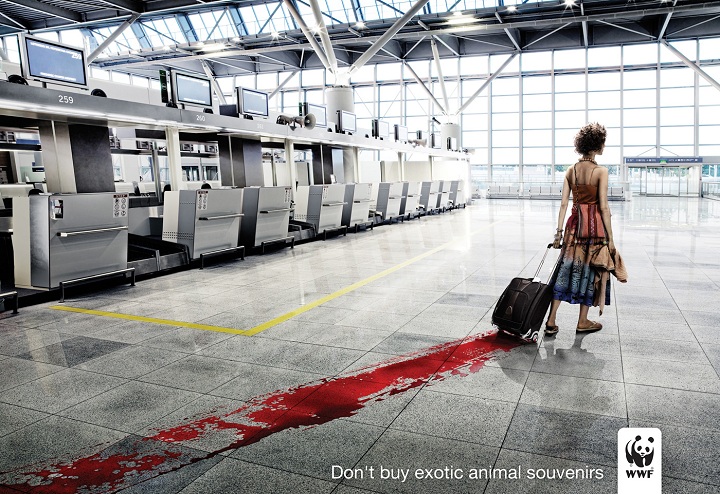

H.R.H. Prince Philip, the Duke of Edinburgh, became president of the British National Appeal, the first national organization in the World Wildlife Fund family. The second national organization to be formed was World Wildlife Fund, Inc. (WWF) – the U.S. appeal. Incorporated in the District of Columbia on December 1, 1961, WWF named Dwight D. Eisenhower its President of Honor. Ira N. Gabrielson and Russell E. Train were the first president and vice president, respectively.
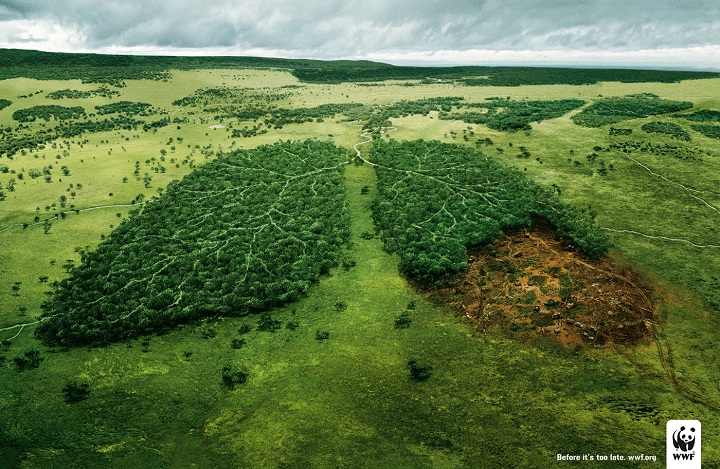
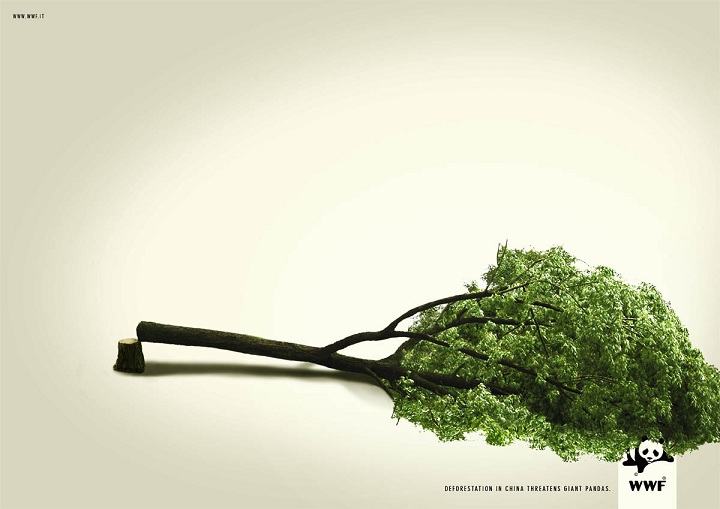
The 45-year evolution of WWF has entailed not only philosophical and organizational changes, but also has yielded a maturing and increasingly productive relationship with the international World Wildlife Fund Network. While WWF in the United States is an independent organization, it plays an increasingly important role in the worldwide conservation programs of the Network. WWF is bound by U.S. tax laws to exercise independent judgment in allocating funds, and its Board has complete authority to determine where and when these funds are spent.

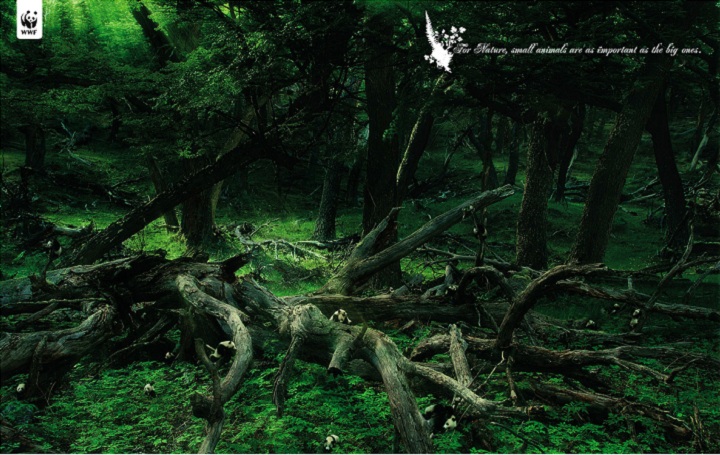
A Memorandum of Understanding (MOU), signed in 1992 and revised in 1994 and 1998 by WWF and WWF-International, reflects a comprehensive agreement on the planning and implementation of WWF Network activities. Central to the MOU is the “team approach,” which builds on the work of country teams representing WWF-International, WWF-US and other concerned National Organizations (NOs) in the WWF Network.


In 2003, a new charter was signed by all 30 independent World Wildlife Fund organizations in the Network. Although not a formal legal agreement, the charter set out basic understandings to enable the national organizations to work more closely together in achieving shared conservation goals. Improved Network cooperation took another important step forward in 2006, when a streamlined and more inclusive decision-making structure was agreed to among all organizations. Since 1985, the WWF Network has invested over $1.165 billion in more than 11,000 projects in 130 countries.
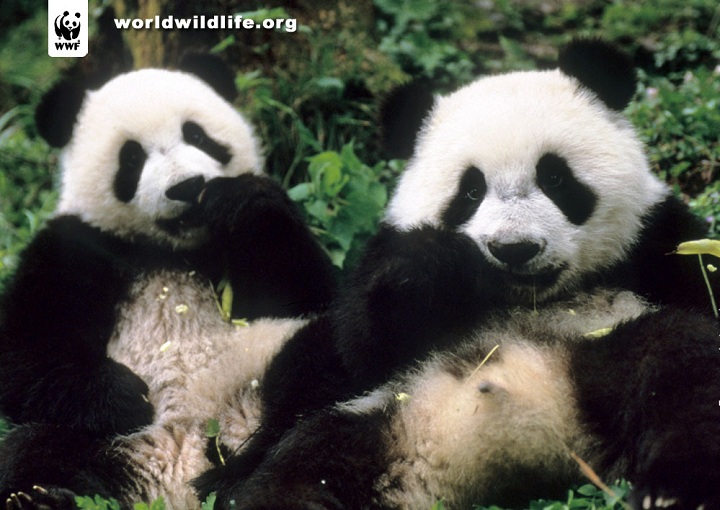
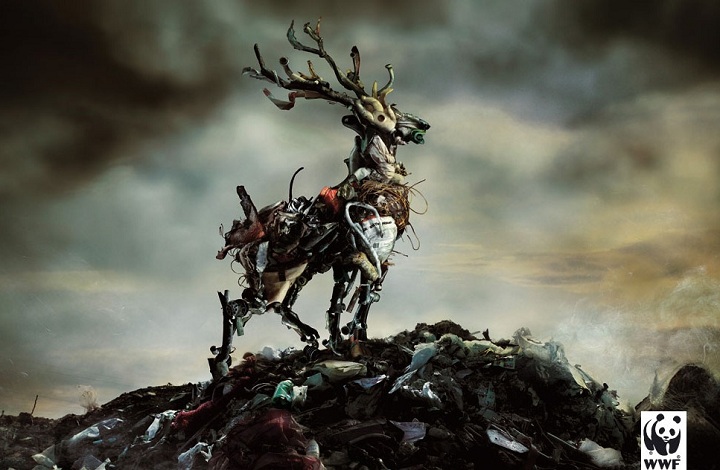
Mission
WWF’s mission is the conservation of nature. Using the best available scientific knowledge and advancing that knowledge where we can, we work to preserve the diversity and abundance of life on Earth and the health of ecological systems by
- protecting natural areas and wild populations of plants and animals, including endangered species;
- promoting sustainable approaches to the use of renewable natural resources; and
- promoting more efficient use of resources and energy and the maximum reduction of pollution.
We are committed to reversing the degradation of our planet’s natural environment and to building a future in which human needs are met in harmony with nature. We recognize the critical relevance of human numbers, poverty and consumption patterns to meeting these goals.


Goal
By 2020 WWF will conserve 19 of the world’s most important natural places and significantly change global markets to protect the future of nature.
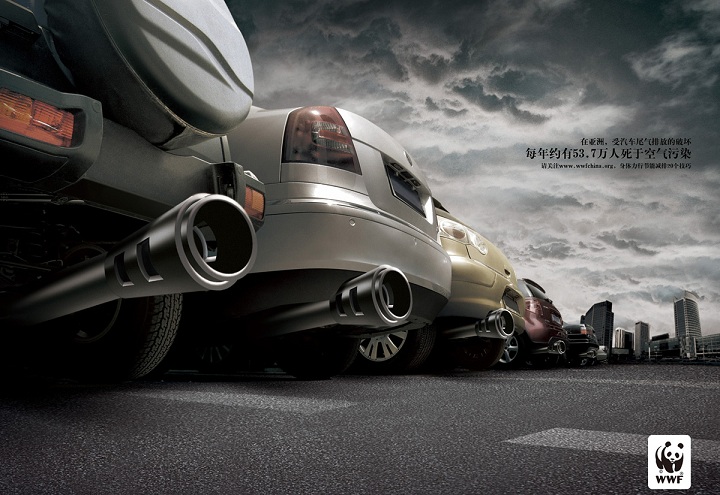
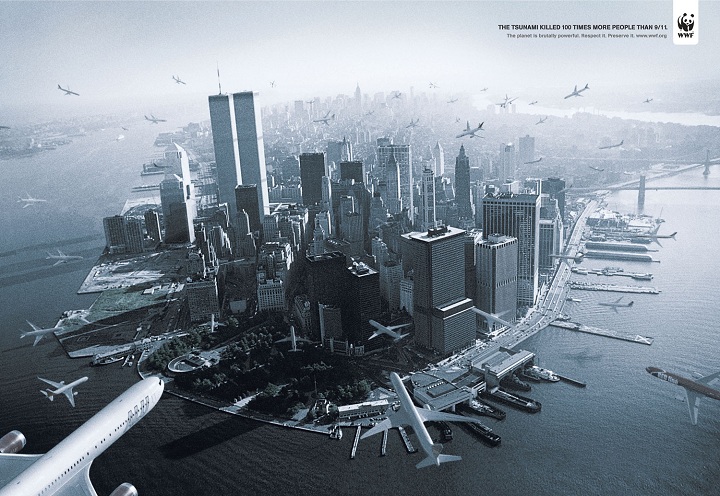
 RSS Feed
RSS Feed Twitter
Twitter

No comments:
Post a Comment